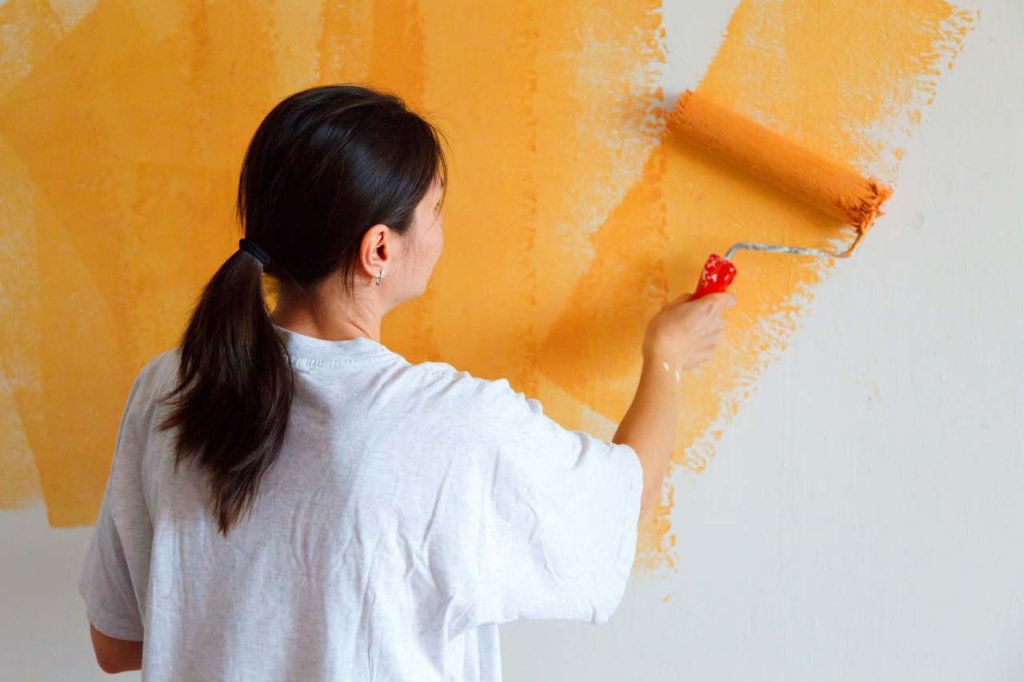What should you pay attention to when painting the walls? In this article, we share wall painting techniques that we think will help you. If you consider to renovate painting in your home, please keep reading this helpful post.
Twelve Tips for Wall Painting Techniques
1. Primer Before Painting
As you know, it’s important to use primer before painting, but is the primer you will use the right primer? A trick for determining this is to apply a coat of paint on the primer and let it dry, then take a razor and slightly put an X on the paint. Then, apply parcel tape onto that X and remove it. If the paint adheres, you’ve chosen the right primer.
2. First coat of paint within 24 hours following the primer has dried
After priming the walls (namely after correctly following the instructions on the primer can and waiting for it to dry as needed), apply the coat within 24 hours. This refers to the period during which the primed surface is the most sticky for the paint.
3. Don’t Forget to Remove the Masking Tape
Remove the masking tape 2-3 hours after completing the final coat. If you leave the tape in the painted area for too long, it may take out some new paint when you want to remove it.
4. Primer is Counted as a First Coat
Always assume that the job will require two coats; the primer is counted as a first coat. A single coat shall not give full brightness or be washable.
5. Surface should be Level and Smooth
Remember that a level surface will not be very shiny after painting, unless you lightly sand the wall or use a primer first. Likewise, latex paint should not be painted with oil-based paint unless the surface is primed correctly.
6. Prevent Brush Marks
Even if you want to apply paint on a dried surface again, this will only cause brush marks. Resist the temptation to apply paint again on a dried area.
7. Calculate the Amount of Paint
Always pay attention to the warnings on the paint can when calculating the paint. You do not want to have too much paint left or lack paint in the middle of the work.
8. Covering the Dark Old Paint
Always be prepared to use an extra coat of paint to cover a dark paint.
9. Color the Primer for Better Results
For a better covering effect, color your primer according to the color of the topcoat, that is, the color of the paint.
10. Get rid of Excess Paint from Brush or Roller
Do not oversaturate. Paint dripping from a paint roller means that it is saturated with more paint than necessary. Similarly, dip only the first one-third part of the bristles of your brush into the paint and lightly tap the brush against the edge of the can to drain the excess paint.
11. Do Not Allow Clogging of Drains
Avoid cleaning latex brushes in a sink draining into a septic tank. Latex residue can cause problems. It wouldn’t be nice to have clogged drains.
12. Do Not Allow Brushes to Dry
When you take a break, put the brushes in a zippered plastic bag so that they won’t dry. You may even consider freezing the brushes for longer storage.



